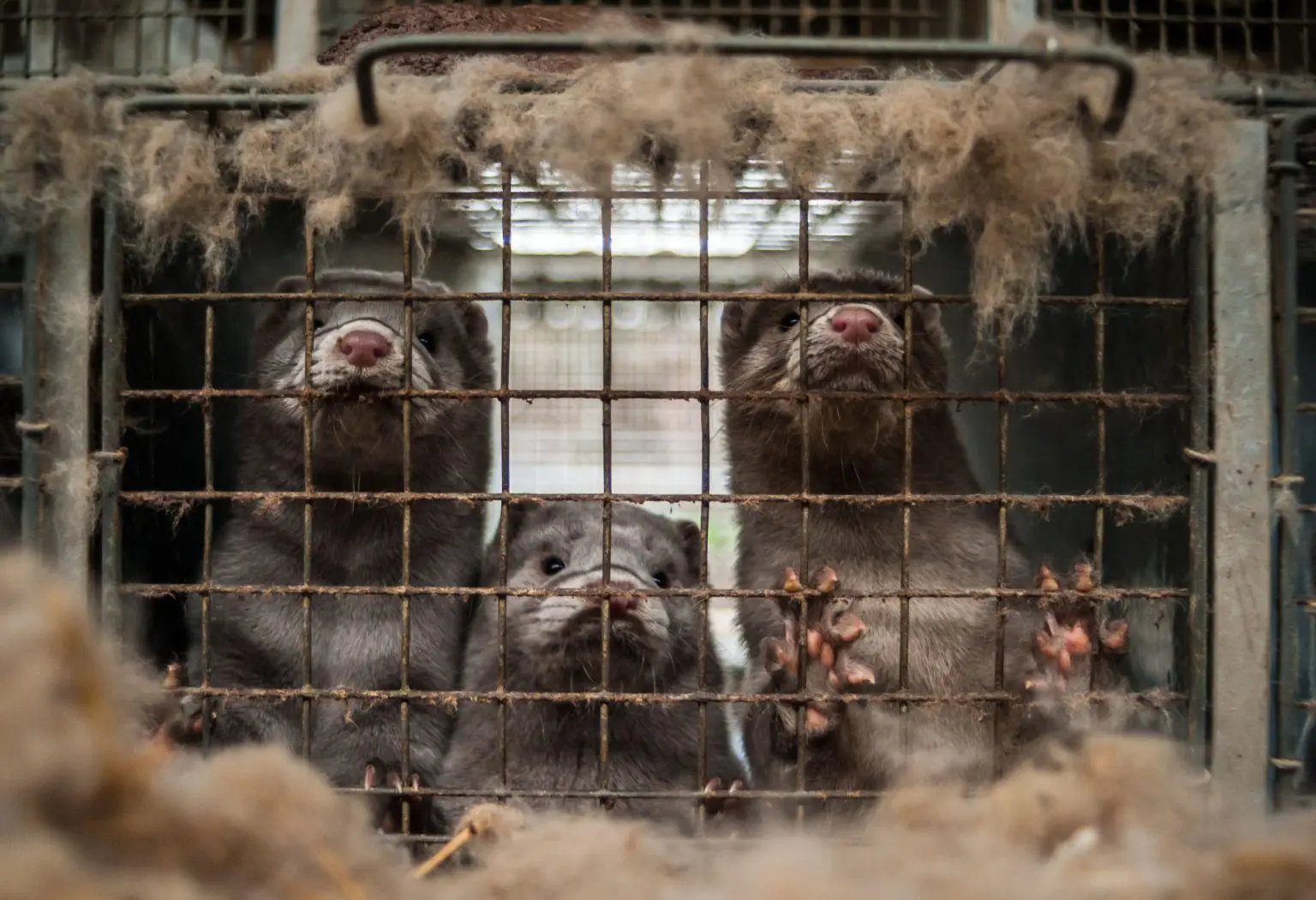Wool has long been hailed as a staple in the textile industry, revered for its warmth, versatility, and natural origins. As consumer awareness rises concerning ethical fashion and animal welfare, a critical examination of the wool industry unveils a different narrative—one filled with ethical complexities and an underbelly of suffering. This discourse seeks to unravel the threads of wool production, weighing its sustainability against the inherent plight of the animals involved.
To navigate this contentious topic, it is essential to delineate the types of wool available in the market, as not all wool is created equal. Merino wool, for instance, is favored for its softness and fine texture, largely derived from Merino sheep. These animals, often lauded for their high-quality fleece, have become synonymous with both luxury and controversy. As herders strive to maximize fleece yields, practices like mulesing—a surgical procedure that removes strips of skin from a sheep’s hindquarters—are employed to mitigate flystrike. While mulesing may ostensibly serve to protect the sheep from debilitating conditions, it opens a pandora’s box of ethical dilemmas. This procedure is painful and often performed without anesthesia, raising significant concerns about animal cruelty.
Moving beyond Merino, we encounter other sheep breeds such as Romney, Leicester, and Corriedale, each with its own unique characteristics and breeding practices. Many of these breeds endure similar challenges, primarily centered around the intensive demands placed on their bodies. To maintain optimal wool quality and quantity, sheep are often bred in ways that compromise their physical well-being. The quest for higher yields results in overcrowded living conditions, exacerbated by the inherent vulnerability of the sheep in an industry driven by profit.
Additionally, the sheer scale of the global wool industry amplifies the potential for animal suffering. In many regions, sheep are transported long distances under abominable conditions. The journey often entails cramped confinement, excessive heat, and insufficient access to food and water. As animals are shuffled from farm to auction and ultimately to processing plants, the psychological and physical toll is significant. Stress-induced illnesses and injuries are frequent, underscoring a troubling cycle of neglect that contradicts any notion of sustainability.
Moreover, the presence of mechanized shearing tools introduces additional layers of risk. While shearing is a necessary component of wool production, the breakdown of traditional, humane shearing methods in favor of speed can lead to grave injuries. Reports of cuts, abrasions, and even fatalities during shearing operations reveal a disturbing trend that prioritizes efficiency over animal welfare. Activists argue that if the industry is to promote itself as sustainable and ethical, it must instigate systemic changes away from these harmful practices.
Opponents of wool consumption often invoke the argument that the material is not biodegradable compared to synthetics such as polyester. However, proponents counter that wool is a natural fiber with compostable properties, advancing the sustainability narrative. Yet, this perspective often glosses over the critical ethical implications embedded within its production. The conversation must evolve beyond mere environmental impact; it must address the welfare of the sentient beings sacrificed at the altar of consumerism.
In contrast, there is a burgeoning segment of the market that champions ethical wool production, promoting a paradigm where animal welfare is paramount. These ethically sourced wool brands often highlight their adherence to humane practices, emphasizing transparency in their supply chains. For instance, the use of free-range grazing, low-stress handling techniques, and the abandonment of harmful procedures like mulesing are central to their ethos. Not only do these brands provide a viable alternative, but they also advocate for gradual industry reform by setting higher standards and fostering awareness among consumers.
Furthermore, the rise of synthetic alternatives such as Tencel or recycled polyester offers consumers the opportunity to engage with sustainable fashion without sacrificing ethical principles. These alternatives can mimic the aesthetic and functional qualities of wool, allowing for informed choices that prioritize both the environment and animal welfare. However, the challenge remains in ensuring that consumers are adequately informed about such options and are willing to transition from entrenched habits.
The intersection of wool and ethics epitomizes a broader conversation about the responsibility of consumers in shaping industry practices. By opting for cruelty-free, ethically sourced materials, individuals can contribute to a landscape that values compassion over profit. Educating oneself about the origins of garments, understanding the conditions surrounding animal agriculture, and advocating for transparency can encourage a cultural shift away from exploitation.
Ultimately, the question of whether wool equates to animal cruelty is not easily answered. It invites us to scrutinize the practices that underpin its production, dissecting the fine line between sustainability and suffering. The narrative surrounding wool is as complex as the fibers themselves, threading together notions of comfort against a backdrop of ethical quandaries. The onus is upon consumers and industry leaders alike to reshape this narrative, ensuring that compassion and sustainability are interwoven into the very fabric of our choices.






